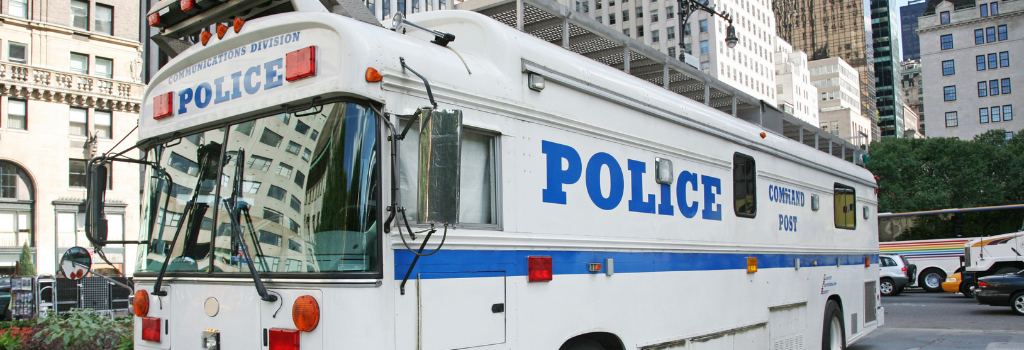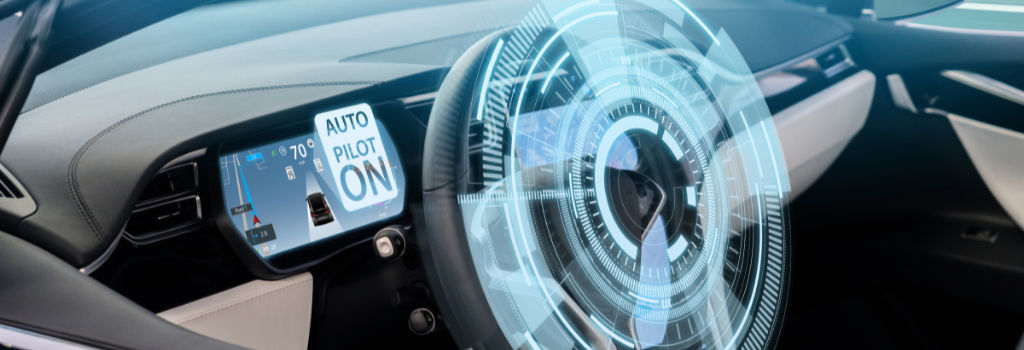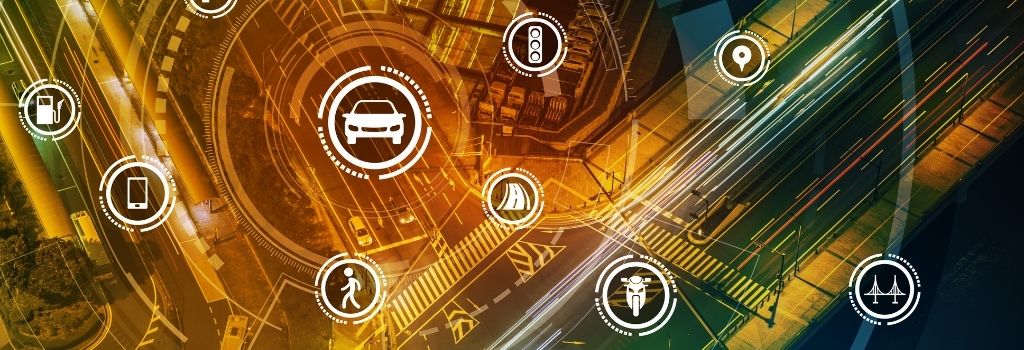Transportation
Big-city transit for most urban populations is a way of life and with digitalization and state-of-the-art technology, metro systems can leverage analytical and decision support tools to reduce risk, improve service, and increase safety. Metro and other major public transport systems have embraced evolving digitalization for the provision of services such as security, customer service assistance, and operational support.
Read more: EN50155 Certified Railway Computer Facilitates Digital Transformation of Metro Systems
Commuter, subway, light rail, and high-speed passenger rail systems are popular modes of mass transportation and are particularly important for cities undergoing rapid urbanization. Rail system digitalization provides many advantages like automated train control (ATC), predictive maintenance, vehicle tracking, and automated fuel and fleet management to ensure maximum security, safety and efficiency of operations.
Read more: EN 50155 Rail Gateway Ensures Vital Railway Cybersecurity
As public safety technologies continue to improve and evolve, mobile command and control center (MCCC) solutions are becoming more prevalent for public safety agencies of all sizes, and recognized by law-enforcement and military applications and even among organizations that require high quality, mobile video surveillance. Mobile command centers can be vital equipment during emergencies, man-made or natural disasters, enabling quick response and uninterrupted communications to monitor and respond to a crisis.
Read more: Multi-WAN Gateway Optimizes Mobile Command Vehicle Connectivity
Recent technological advancements in machine learning, artificial intelligence, and computer vision have enabled manufacturers to greatly increase self-driving capability in vehicles. The major benefits of autonomous vehicles include lowering fuel consumption, reducing CO2 emission, and decreasing congestion. Major automaker companies, technology giants, and specialist start-ups have continued to invest and develop autonomous vehicles, and have even begun testing their driverless cars in many regions in the US and EU.
Read more: AI-powered Edge Computing Platforms Enable Autonomous Driving
As we transform into the digital smart city era, Intelligent Transport System (ITS) becomes an indispensable component. ITS technologies help cities manage traffic flow, idle vehicle time, congestion relief, and lower emission from reduction of idling and sitting in traffic. Many cities have implemented some upgrades including wireless networks, connected streetlights, surveillance cameras, to improve their existing infrastructures and further enhance capabilities and efficiency.
Read more: Rugged 5G Outdoor Gateway Enhances Intelligent Transportation System Connectivity
The Passenger Information System (PIS) solution for trains collects and dissipates updated real-time information to passengers. It integrates with various visual and audio components, provides access to the remote command center (or Internet) via wireless communications such as Wi-Fi / LTE for data collection, and is capable of withstanding harsh conditions.
Read more: Passenger Information System Solution for Rail Transport
Digital police camera systems depend on a good-sized data store. Without it, police cars would have to download video manually at the end of every shift. Additionally, in-vehicle car video systems are not reliable as they are too fragile for the constant wear and tear of police usage. Police vehicles face constant shock, vibration, and exposure to nature’s elements, like wide temperatures and humidity.
Read more: Rugged In-vehicle Computer Empowers Police Car Remote Surveillance System












